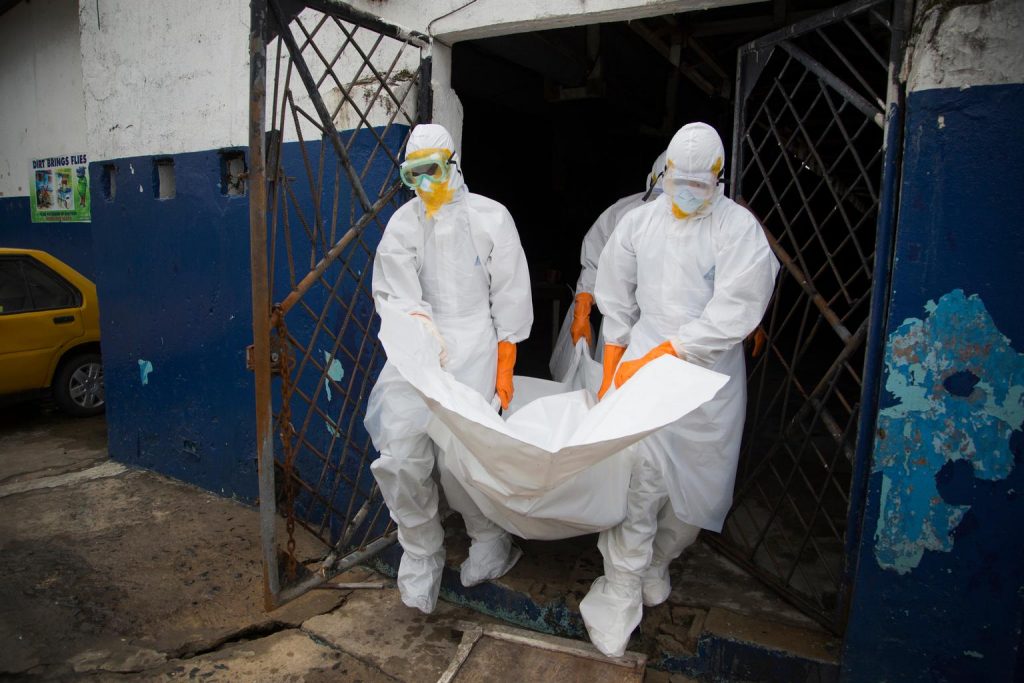The care of an individual infected with Ebola virus disease (EVD), their death, funeral, and burial in the community rather than in an Ebola Treatment Center (ETC) poses a serious risk for continued disease transmission. Consequently, SDB is an essential component of EVD outbreak response; however, its impact on transmission is not well understood. During the 2013–2016 EVD epidemic the Red Cross carried out over 50% of the official burials in Guinea, Liberia and Sierra Leone.
We performed epidemiological investigations in EVD affected communities to better understand disease transmission linked to unsafe burials of (suspect) EVD infected individuals, and risk factors for transmission linked to caring and burial practices. An average of 2.58 secondary cases were potentially generated per unsafe burial investigated and varied by district (range: 0–20). Additionally, the Red Cross SDB program potentially averted between 1,411 and 10,452 secondary EVD cases, reducing the epidemic by 4.9% to 36.5%. Our results quantify for the first time the potential impact this essential EVD response component had on the 2013–2016 epidemic and highlight the importance of SDB as a fundamental control measure, while also underlining the well-known importance of isolating EVD infected individuals as soon as they show symptoms in order to limit transmission.



